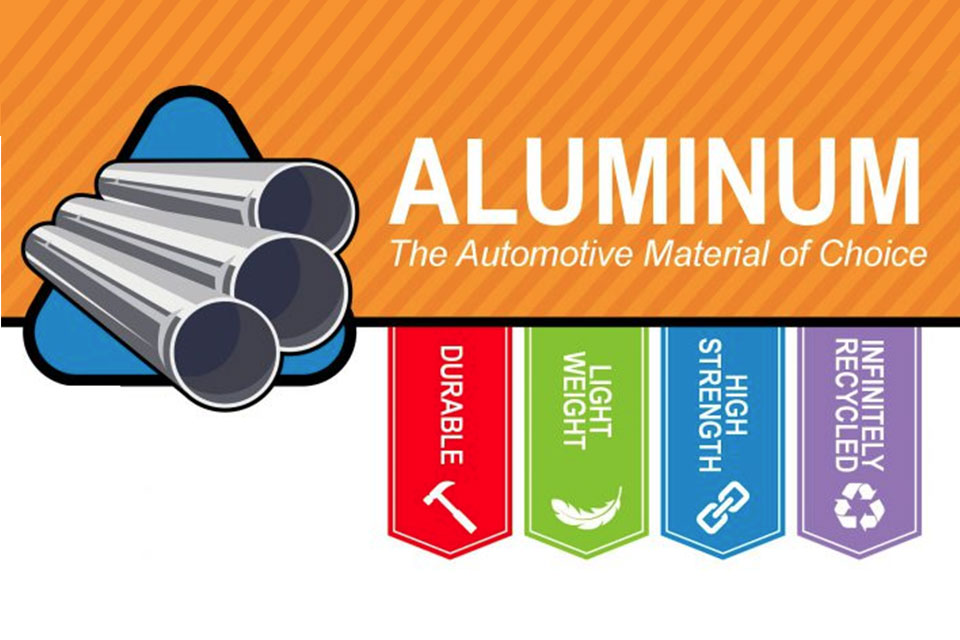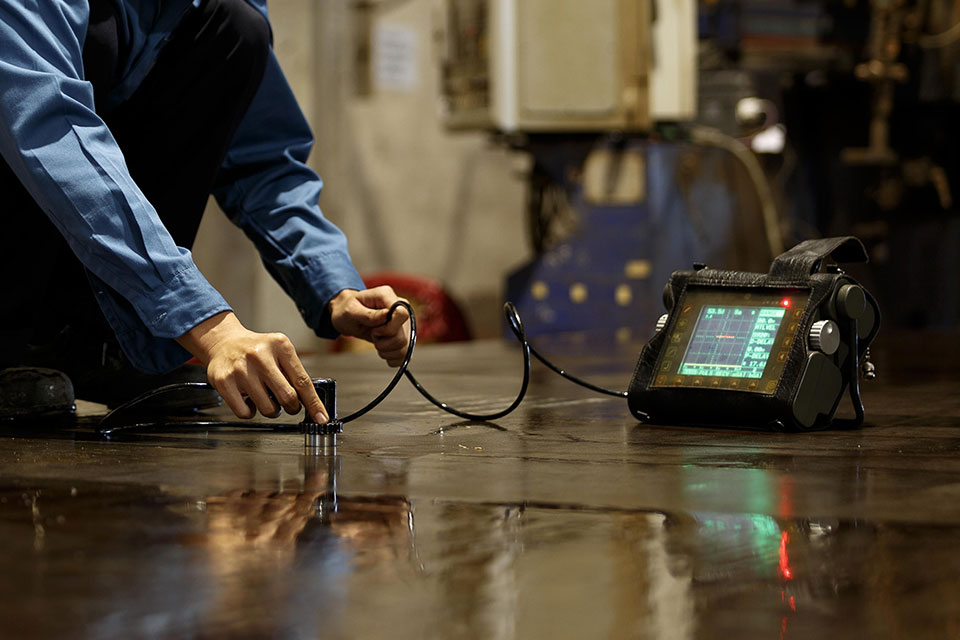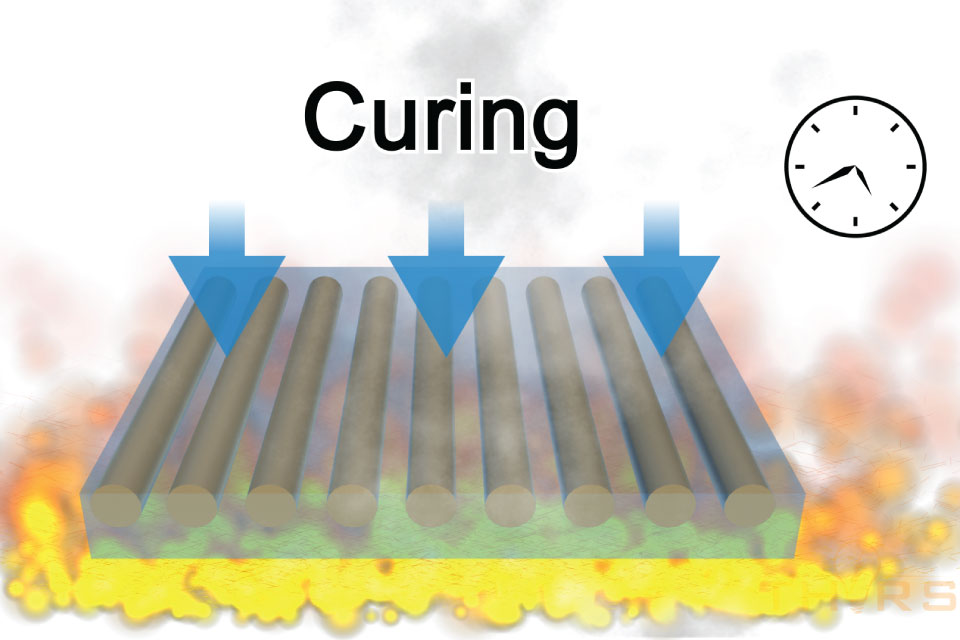The first two decades of this century witnessed the dramatic fall and rise of the automotive industry. We cruise into the new decade with technological advances defined by fuel-efficient and autonomous vehicles. Emission regulations and fuel economy mandates are defining the design parameters of the mobility market. Automakers are increasingly adopting the production of lightweight vehicles for improving fuel efficiency. Aluminum — durable, lightweight, and high-strength material that can be infinitely recycled—emerged as the “material of choice” for automobile components.

Aluminum and the Auto Industry: Past Milestones and Future Prospects
- Dürkopp introduces the first sports car with an aluminum body in 1899
- Carl Benz develops a car engine with aluminum parts in 1901
- British Land Rover produces V-8 engine blocks with aluminum cylinders in 1961
- Audi mass produces full aluminum body cars in 1994
Today, necessity and innovation have accelerated the use of aluminum in vehicle construction than ever before. According to a report published by Mordor Intelligence, the demand for die-cast aluminum parts is projected to reach USD $59,741.23 million in 2024.
Aluminum: Metal to Manufactured Solution
To meet the auto industry’s ongoing demand for aluminum components, about $2 billion has been invested in the aluminum casting industry since 2013. The casting process transforms the raw aluminum into a usable component. The common methods of casting aluminum include vacuum process, investment casting, permanent molds, and die casting techniques.
Vacuum process and investment casting are expendable casting processes where the mold is destroyed after each casting cycle. Vacuum process, or V-process, is a modified sand-casting process where the mold sand is held together by vacuum, instead of conventional binders. The parts fabricated using the vacuum process have excellent dimensional accuracy and superior surface finish. Investment casting, or lost-wax casting, involves controlled removal of pattern material from the mold and replacing it with the molten metal. Intricate parts that meet tight tolerance requirements are manufactured by investment casting technique.
Permanent molds and die casting methods use reusable molds. Permanent molds, or gravity die casting, harness the potential of gravity to gradually draw the molten metal into the mold. Low pressure and high pressure die casting methods to employ controlled pressure systems to force the metal into the mold. Castings manufactured by permanent mold and die casting methods have a finer surface finish. Permanent mold casting and die casting methods are more popular as they have a high production rate.
The footprint of the vacuum process is on the rise!
eLearning Meets Manufacturing
In addition to its application in the auto industry, aluminum castings are integral to the airline, military, medical, and energy sectors. This surge in demand has led to a corresponding job growth in the manufacturing segment. THORS eLearning Solutions offers a series of Aluminum Casting Courses that are an asset to casting manufacturers. The appealing visuals and interactive content support workforce training and skill development on the various casting operations.
Visit THORS Academy to see a full list of current courses.
Contact us. We would love to hear from you and discuss your training needs.



